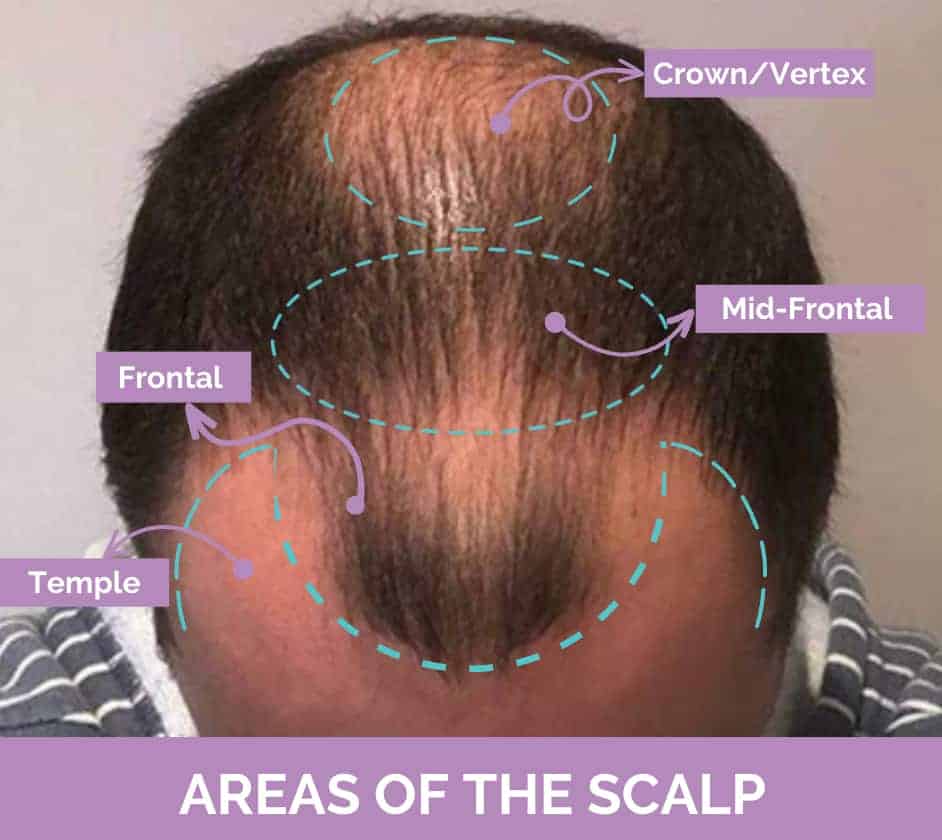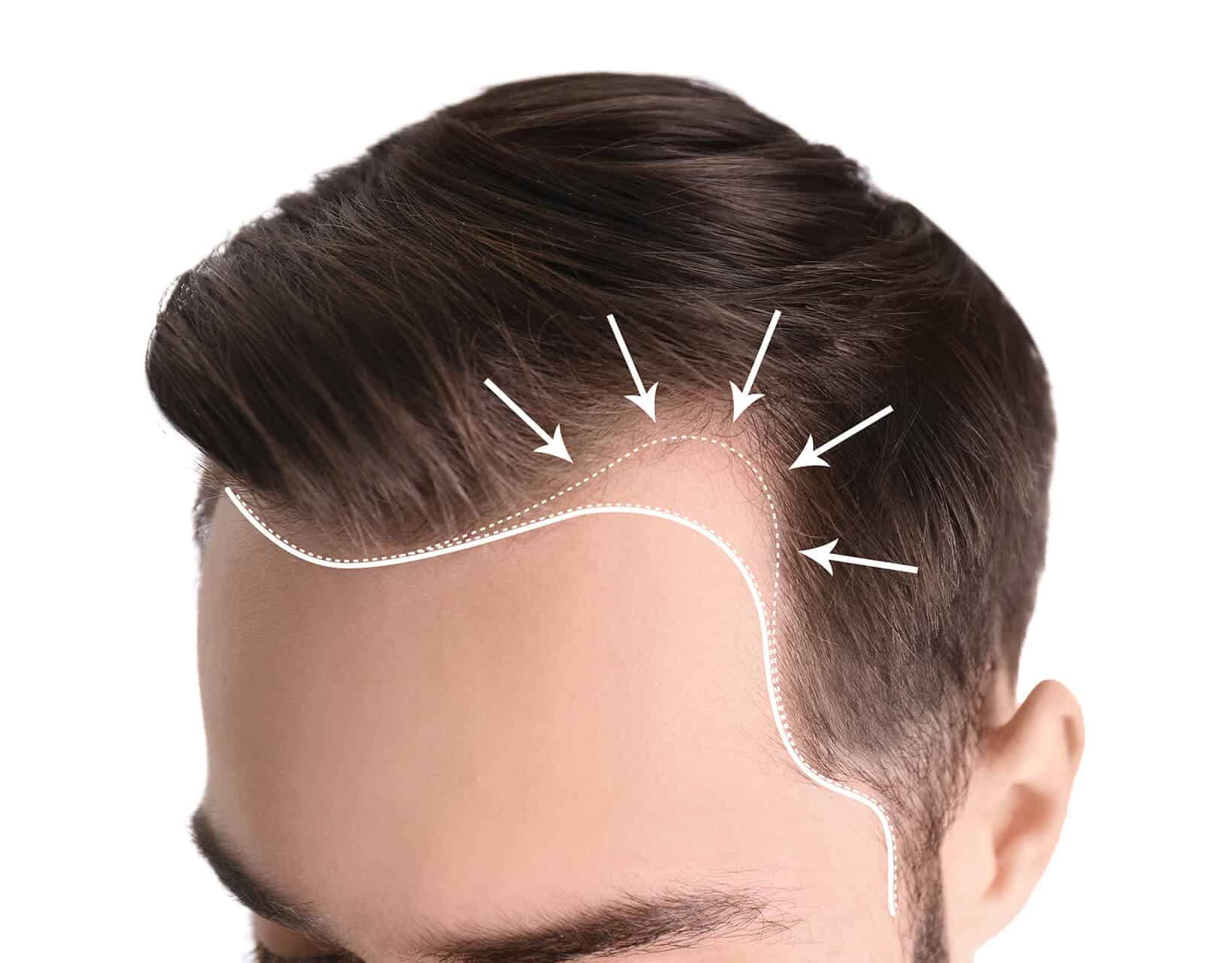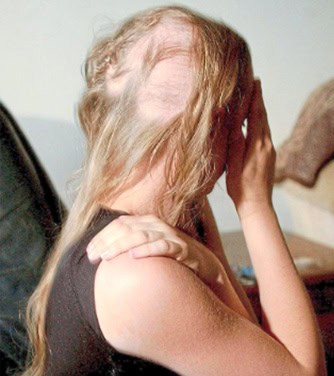25 September 2024
•3 minute read
Losing sleep over early onset hair loss
Imagine waking up one morning to find clumps of hair on your pillow, or noticing your hair has started thinning in your twenties or early thirties. Over the next few weeks, you start to see your hair thinning at an alarming rate.
Once considered an issue primarily for older individuals, alopecia is now making its presence known in younger generations, leading to distress and a search for answers. A lot of people are curious about the reasons behind this sudden hair loss and how they can fix it.
What is alopecia?
Alopecia means hair loss, which can be from a single area or several areas of your head and body. According to Visiting Consultant Dermatologist from Columbia Asia Hospital – Puchong, Dr. Kanimoli Rathakrishnan, it is typical to lose between 50 and 100 hairs a day, but this is not usually noticeable because new hair is growing simultaneously.
“Before we dive deeper into hair loss, it is important to understand the hair growth cycle. Hair goes through three main cycles, growth (anagen phase), transition (catagen phase), and resting (telogen phase). Most of the time, hair is in the growth phase, but shedding naturally occurs during the resting phase. Hair loss happens when new hair does not replace the hair that falls out, and this can look different depending on the underlying cause,” explains Dr. Kanimoli.
Early onset alopecia begins earlier than expected, mainly before 30s, depending on the specific type of alopecia. Men with male pattern baldness can begin having hair loss as early as their teens or early 20s. This is characterized by a receding hairline and gradual disappearance of hair from the crown and frontal scalp. Meanwhile, women with female pattern baldness do not have noticeable thinning until their 40s or later. They experience a general thinning over the entire scalp, with the most extensive hair loss at the crown.
The many forms of alopecia

1. Androgenetic alopecia
Androgenetic alopecia, commonly known as male or female pattern baldness, is the most prevalent type of hair loss globally, affecting approximately 50% of men and 15% of women. This condition is primarily driven by genetic factors and hormonal influences.
2. Alopecia areata
An autoimmune disorder in which the immune system attacks hair follicles, leading to sudden hair loss in small, round patches on the scalp or other areas of the body. It may progress into either alopecia totalis (hair loss across the entire scalp) or alopecia universalis (hair loss across the entire body).
3. Telogen effluvium
Temporary hair thinning over the scalp that occurs because of changes in the growth cycle of hair. A large number of hairs enter the resting phase at the same time, causing hair shedding and subsequent thinning. It is often caused by triggers such as stress and illness and often resolves itself spontaneously.
4. Scarring alopecia
A group of hair loss disorders characterized by inflammation that leads to the destruction of hair follicles and subsequent scarring. This scarring prevents hair from regrowing in the affected areas. Inflammatory skin conditions and skin disorders often result in scars that destroy the ability of the hair to regenerate.
5. Traction alopecia
This hair loss is caused by repeated pulling or tension on the hair follicles due to tight hairstyles, hair extensions, hairpieces, or habits like excessive brushing or pulling. It is typically seen along the hairline or in areas where tension is applied, such as the temples or crown.
Spotting alopecia’s symptoms

Early onset symptoms include increased shedding, where handfuls of hair may come out during combing, washing, or even gentle tugging. This can be particularly noticeable in the shower or on pillows.
“A receding hairline, often seen in male pattern baldness, is common as men age, but it can also affect younger men, especially if they have a family history of it. It usually starts at the temples, creating an “M” shape, which is typically the first noticeable sign of hair loss.
“In women with the same, another common symptom is thinning hair at the crown. You will notice the hair becoming visibly thinner, and sometimes the scalp becomes more noticeable. Over time, this can lead to a pattern of progressive hair loss,” Dr. Kanimoli says.
Why do some lose their hair sooner?
A significant risk factor for early-onset alopecia is genetic predisposition, such as a family history of androgenic alopecia or autoimmune disorders. Additionally, unhealthy lifestyle choices, including smoking, poor dietary habits, and a high body mass index, can contribute to the development of early hair loss.
“Certain cosmetic procedures, like perms, bleaching, and hair dyeing, can lead to overall hair thinning by weakening and making the hair brittle,” Dr. Kanimoli points out. Besides, stress, illness, and childbirth can result in temporary hair loss. “Similarly, a low-protein or severely calorie-restricted diet can also cause temporary hair loss.”
Other than that, deficiencies in vitamins A, B, C, D, and E, as well as iron and zinc, have been associated with hair loss. “Other causes of temporary hair loss are drugs including chemotherapy drugs used in cancer treatment, blood thinners, beta blockers used to control blood pressure, and birth control pills,” Dr. Kanimoli adds.
Medical roots of early onset alopecia
Several medical conditions can also cause early onset alopecia, leading to hair loss at a younger age than expected.
“Changes in hormones, like those from thyroid issues such as hypothyroidism or hyperthyroidism, can cause hair loss. Conditions like lupus or diabetes can also play a role in thinning hair. Nutritional deficiencies, like not getting enough iron or dealing with anemia, can also be factors,” Dr. Kanimoli shares.
Other medical conditions that can cause hair loss include eating disorders and scalp conditions like fungal infections (tinea), scalp psoriasis, or eczema. In most cases, once the underlying condition is treated, hair typically regrows, unless there is scarring, as seen in some forms of lupus, lichen planus, or certain follicular disorders.
Reclaiming your crown through treatment
Treatment of alopecia depends on the underlying causes. Temporary hair loss is reversible with the treatment of underlying infections and hormonal imbalances, as well as the discontinuation of causative drugs.
According to Dr. Kanimoli, there are various treatments available for androgenetic alopecia, but none guarantee a 100 per cent cure rate. Oral minoxidil and minoxidil spray may help both men and women, and oral finasteride may help men.
Topical and injectable steroids, oral immunosuppressants, and topical immunotherapy are some of the treatments currently recommended for alopecia areata.
Several procedures, such as micro-needling and platelet-rich plasma treatment, have been attempted with varying outcomes. Lastly, hair transplantation and wearing a wig for cosmetic reasons are some of the alternative solutions used to address alopecia.

1. Healthy balanced diet
Adequate nutrients, including vitamins (especially B vitamins such as biotin), minerals (like iron and zinc), and protein are essential for healthy hair growth. Crash or excessive dietary practices should be avoided.
2. Proper hydration
Drinking plenty of water helps to keep the scalp and hair well hydrated.
3. Gentle hair care practices
Avoid excessive pulling, twisting, chemical or styling products, and heat damage. Choose a gentle hair shampoo and conditioner.
4. Manage underlying medical conditions
Address any underlying medical conditions that can contribute to hair loss, such as thyroid disorders or hormonal imbalances. Be aware of medications that may cause hair loss.
5. Stress management
For those with stress-induced hair loss, practice stress-reducing techniques such as meditation, yoga, deep breathing exercises, or hobbies that help with physical and mental relaxation.
This article first appeared in The Star, 25 Sep 2024.
Share:
Was this article helpful?
25 September 2024
•3 minute read
Losing sleep over early onset hair loss
Articles and Video
Learn more about Dermatology in Columbia Asia
Learn MoreShare:
Was this article helpful?
Health Packages
Elevate your health with tailored health packages at Columbia Asia Hospital. Take charge of your health journey today.

